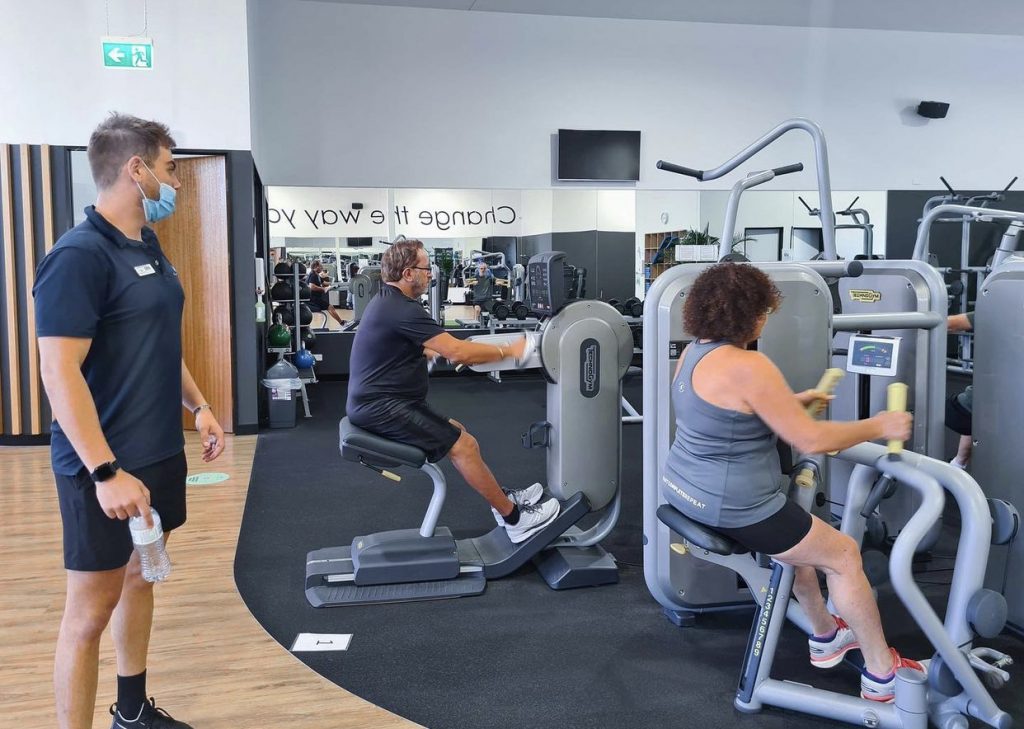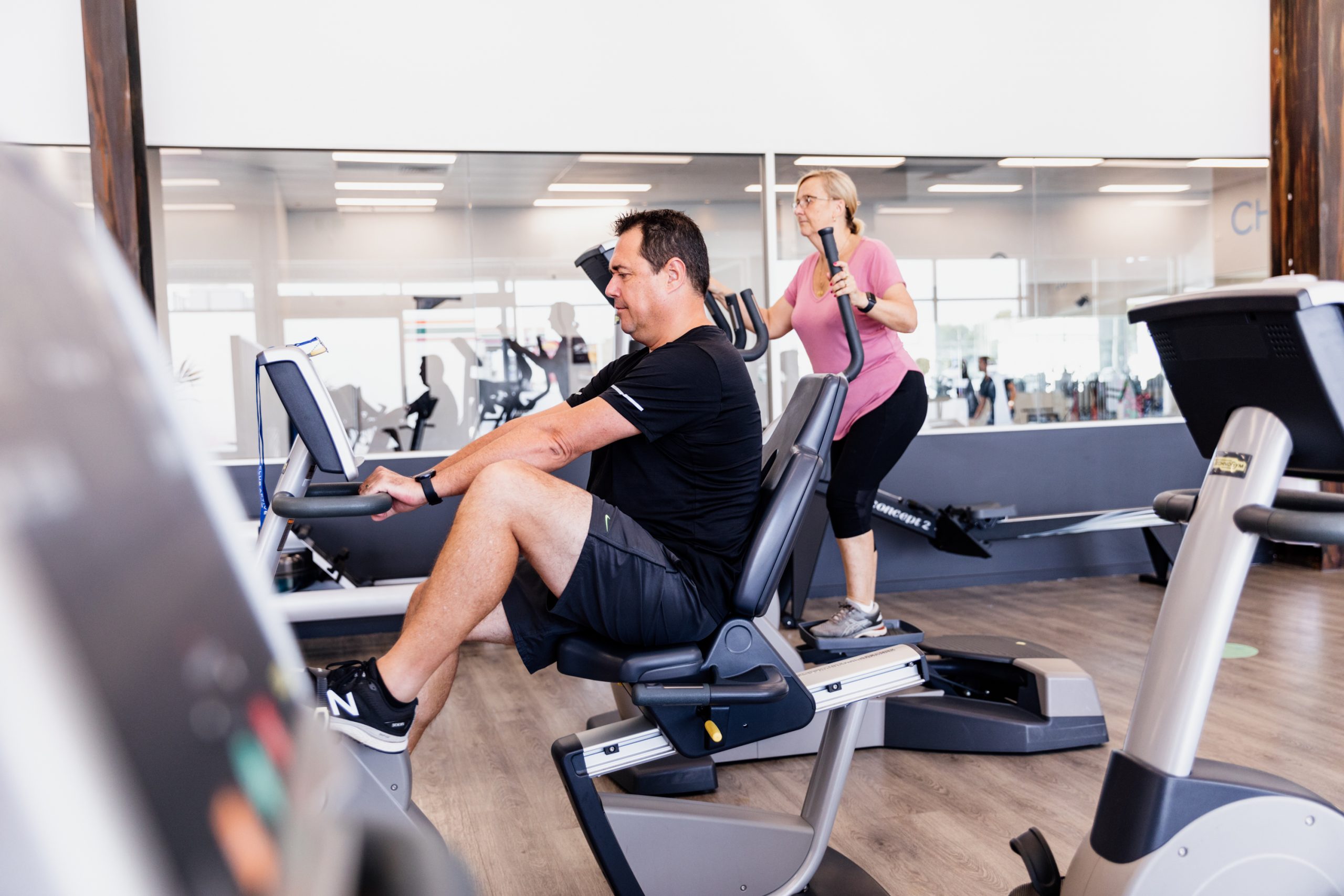What is Multiple Sclerosis?
Multiple Sclerosis (MS) is a potentially disabling disease that affects the central nervous system of the human body. In Multiple Sclerosis, the immune system attacks the protective sheath (myelin) that surrounds the nerve fibers. This damage causes lesions or scarring (sclerosis) in the nervous system, causing communication issues between your brain and the rest of the body.
Classifications of Multiple Sclerosis
Multiple Sclerosis can be categorised into three different categories:
- Relapsing-remitting Multiple Sclerosis (RRMS) – the most common type of Multiple Sclerosis, characterised by clearly defined attacks followed by periods of partial or full recovery.
- Secondary progressive Multiple Sclerosis (SPMS) – diagnosed when an initial RRMS phase is followed by a “progressive” phase in which the disease progresses and continually worsens.
- Primary progressive Multiple Sclerosis (PPMS) – diagnosed when the condition follows a progressive worsening course from the beginning. This stage is characterised by increasing disability, using without periods of remission.
The Statistics
- Over 25,000 people in Australia currently live with Multiple Sclerosis
- Women are 3 times more likely to develop Multiple Sclerosis than men
- People who smoke are twice as likely to develop Multiple Sclerosis
- Multiple Sclerosis is estimated to have cost the Australian community $1.75 billion in 2020
- 64% of people with Multiple Sclerosis are using disease-modifying therapy (medication)
How does Multiple Sclerosis develop?
The exact cause of Multiple Sclerosis is unknown. It is considered an autoimmune disease in which the body’s immune system attacks its own tissues. It isn’t clear why Multiple Sclerosis develops in some people and not others, however a combination of genetic and environmental factors appears to be responsible.
Symptoms of Multiple Sclerosis
Symptoms are varied and unpredictable, depending on which part of the nervous system is affected. The most common symptoms include:
- Motor control issues – walking, balance, coordination, muscle spasms, weakness, slurring, and difficulty swallowing.
- Fatigue – extreme tiredness, often in combination with heat sensitivity.
- Bladder/bowel dysfunction – incontinence, constipation, and diarrhoea.
- Neuropsychological – brain fog, impaired memory, and concentration, changes in processing speed and ability, anxiety, depression, and difficulties sleeping.
What type of exercise is best to manage Multiple Sclerosis?
Appropriate exercise can cause noteworthy and important improvements in different areas:
- Aerobic Exercise – low to moderate intensity can help improve overall fitness and decrease fatigue levels.
- Resistance Training – some Multiple Sclerosis medications can lead to osteoporosis and a loss in muscle mass. Strength training is an effective way of counteracting these side effects and can help with mobility and walking.
- Flexibility – may help to diminish spasticity and prevent future painful contractions.
- Balance – improve coordination, proprioception and decrease the risk of falls.
How can a Club Active Accredited Exercise Physiologist help?

At Club Active, our university-trained exercise physiologists can help develop an exercise program specific to you and your major concerns. For Multiple Sclerosis, it is important to train specifically for your health needs as everyone can experience different symptoms and difficulties.
———–
To learn more about working with an Exercise Physiologist, please contact our friendly team today
Source: BMC Neurology & MS Australia.

